This book describes life in the small Central American country of Belize while following a variety of children in their daily activities.
Primary (ages 6-9)
Material appropriate for primary age groups
Mr. Pusskins and Little Whiskers: Another Love Story
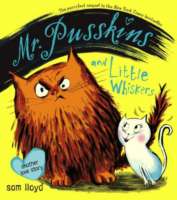
Mr. Pusskins is back! And this time he’s got company. Mr. Pusskins was perfectly happy. That is, until Emily decided to bring home a surprise. A surprise named Little Whiskers. Mr. Pusskins does not want a kitten around. He does not want to play lovely games with that kitten. But, little does Mr. Pusskins know, this pesky pussycat doesn’t want to play lovely games either.
Medusa Jones
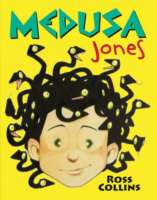
In ancient Greece lived a little girl called Medusa Jones. Medusa was a Gorgon, but apart from that, pretty normal. So she has snakes for hair instead of gorgeous blond ringlets like Cassandra. So her best friend is half horse. Is that any reason for the popular kids to be SO mean? Medusa’s sure the school camping trip is going to be a nightmare. But a rock fall puts the popular kids in peril, and Medusa’s the only one who can help. Will she be a hero — or is her monster side finally going to come out?
The Twelve Dancing Princesses
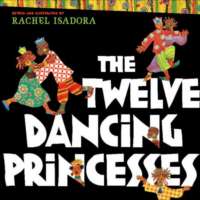
A magic cloak. A hidden passage. A secret underground world beyond imagining. Night after night, the princesses mysteriously wear out their shoes. But how are they doing it? The baffled king promises a great reward to any man who can solve the mystery. From the colorful flurry of the princesses’ dressing room to a captivating nighttime scene on an underground lake, Rachel Isadora has revitalized and reimagined this well-loved Brothers Grimm fairy tale by bringing the story of the twelve princesses to Africa. Her collage of blazing colors, rich textures and dramatic shapes evoke the patterns and palette of this beautiful continent. Returning to the lush setting of The Princess and the Pea, the unique presentation of this classic tale is sure to enchant readers with its vibrant imagery.
Kwajo And The Brassman’s Secret
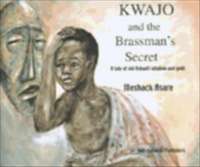
A tale of old Ashanti wisdom and gold. Kwajo lives in Ghana. Ghana is country in West Africa. The Ashantis live here. Many years ago, Ashanti was a powerful kingdom. Ashanti is also very influential in Ghana today. The Ashantis were and are famous as courageous warriors, able merchants and artists, above all as woodcarvers, weavers, goldsmiths, drummers and dancers.Formerlyr, the Ashantis owned a lot of gold. They paid with gold dust. The gold dust was weighted on scales. The weights consisted of small, exquisite figurines. Every figurine represented someting different. These figurines were called gold weights and they were cast in bronze.
When Mum Was Little
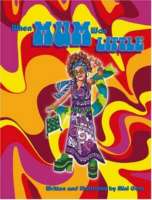
Things were different when Mum was little. There were no CD players. There were no digital cameras. And the clothes they wore back then? Well…
Psychedelic colors fill the pages and bring to life the peculiar world that was 1969.
Everybody Bonjours!
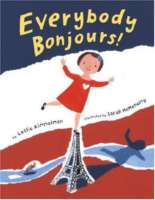
On this fun and friendly tour, everybody says “Bonjour!” A little girl and her family are welcomed everywhere with the signature French greeting. Jump into these pages and enjoy the trip to Paris
Ping Pong Pig
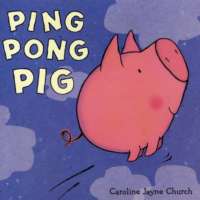
“Ping Pong Pig” loves to leap, jump, and bounce all over Apple Tree Farm. He is far too busy having fun all day to help with the chores. Soon he lands into a big mess, and he’s up to his ears in trouble. Will he learn to help his friends before pigs fly?
Jukebox
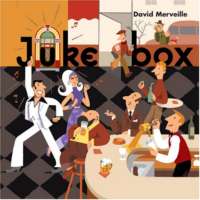
A non-fiction journey through the musical universe, Jukebox is filled with details, revealing as much about the people who listen to music as it does about those who create it. From disco to opera, hip hop to jazz, David Merveille’s unique style makes this practically wordless book sing.
Opossum and the Great Firemaker
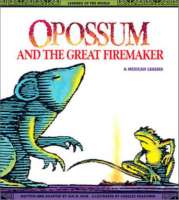
Relates the traditional Cora Indian tale in which Opossum outwits the larger and more powerful Iguana and returns the stolen fire to the people of the earth.
